Made in Italy and handcrafted leather shoes seem to be a synonymous pair. Consumers covet this segment of footwear and accept its steeper price tag—the result of an industry layered with distributors, agents, resellers, and retailers. In walks Velasca, a Milanese startup born in 2013, set out to disrupt the industry by connecting consumers directly to shoemakers.
The concept for Velasca sprouted from a casual conversation between co-founders Enrico Casati and Jacopo Sebastio in the back of a taxi. It since has grown into a direct-to-consumer company selling hundreds of thousands of shoes in over 30 countries. We were keen to learn more about Velasca’s story, so during a trip to Milan in late 2019, I visited the company’s headquarters to speak with Enrico about how the brand first stepped foot into the industry and where it’s headed from here.
You can listen to Velasca’s story on this special episode of Shopify Masters:
Tailoring a business idea to solve a personal need
Velasca's office, a converted sugar factory that counts Armani and Fendi as neighbors, is located in a veritable sweet spot in Milan’s Tortona neighborhood—the fashion and design heart of the city, and a district that’s the epitome of “Made in Italy.” Enrico and I sat down in the company’s buzzing space to discuss how the brand is simultaneously disrupting and fitting into the fashion industry.
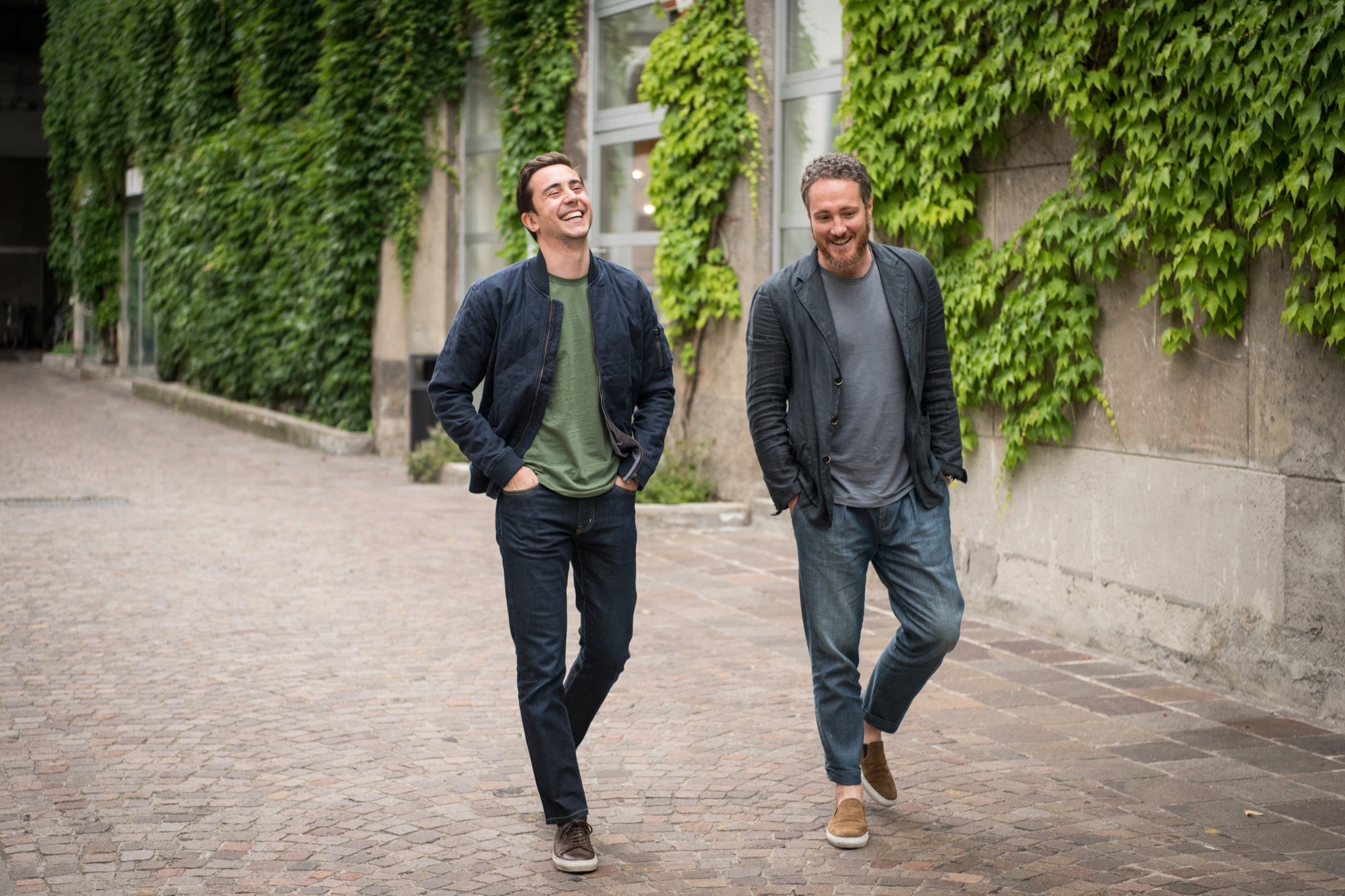
In 2012, Enrico was working as a banker in Singapore. “I had this personal need for buying a pair of shoes for my job—a simple pair of loafers,” he says. “I was 25 at the time and was earning enough to live well in Singapore, but I didn’t want to overspend.” Enrico’s brother was visiting him at the time, along with a friend—Jacopo. Enrico and Jacopo started discussing the gap between designer and fast fashion shoes and a creative spark was ignited. They quickly brainstormed ways they might be able to bring handcrafted leather footwear to the everyday consumer.

Their idea was simple on the surface—build their own brand online. “We wanted to connect these craftsmen in Italy that are really good at making the products with people that love Italian design and quality around the world.” Like their headquarters, their business model found an sweet spot. “We bet our company on being direct-to-consumer, which brings about a competitive advantage in terms of pricing,” Enrico says. “You make the same products from the same factories using the same materials as the famous brands. But you’re able to sell them at half the price of comparable products.”
Finding an opportunity during an economic downturn
In 2012, Italy was suffering an economic collapse— while many founders understandably believe a recession is not the time to start a business, Enrico and Jacopo saw it as an opportunity. Production companies lose money when they don’t produce. The local shoemakers’ lack of business during this downturn helped convince them to take a chance on Velasco. “It’s out of these economic crises and times of depression that there are more opportunities than there would be in times of economic boom,” Enrico says.
So Enrico and Jacopo visited the mountainous region of Marche, where families of shoemakers stretch back generations. Working through different dialects, they were able to convince the makers to take on much smaller orders of a couple of hundred pairs, compared to the usual fashion houses orders of hundreds of thousands. “Size is not the only thing that matters—trust also is important,” says Enrico. The Velasca team built this trust by following through on their promise to pay shoemakers within 30 days of delivery. Enrico stresses that, from the very beginning, Velasca has always treated its relationship with shoemakers as a partnership, as opposed to a strictly transactional exchange with a supplier.
The role of sleek, yet approachable storytelling
With production relationships now established, Velsca shifted gears and focused on a “media as marketing” approach to reach new customers. “The first three years were really just focused on marketing and sales,” Enrico says. “Once we established a good relationship with the makers, we didn’t get too involved in the production side, because we trusted them and their expertise.” Enrico says, “We focused on storytelling, making sure that the consumer understood that this was not just a discount website,” Enrico says. The direct-to-consumer model was still relatively new to Europe at the time, and the Velasca team had to pave the way, similar to the pivotal role Bonobos and Warby Parker played on the other side of the Atlantic.
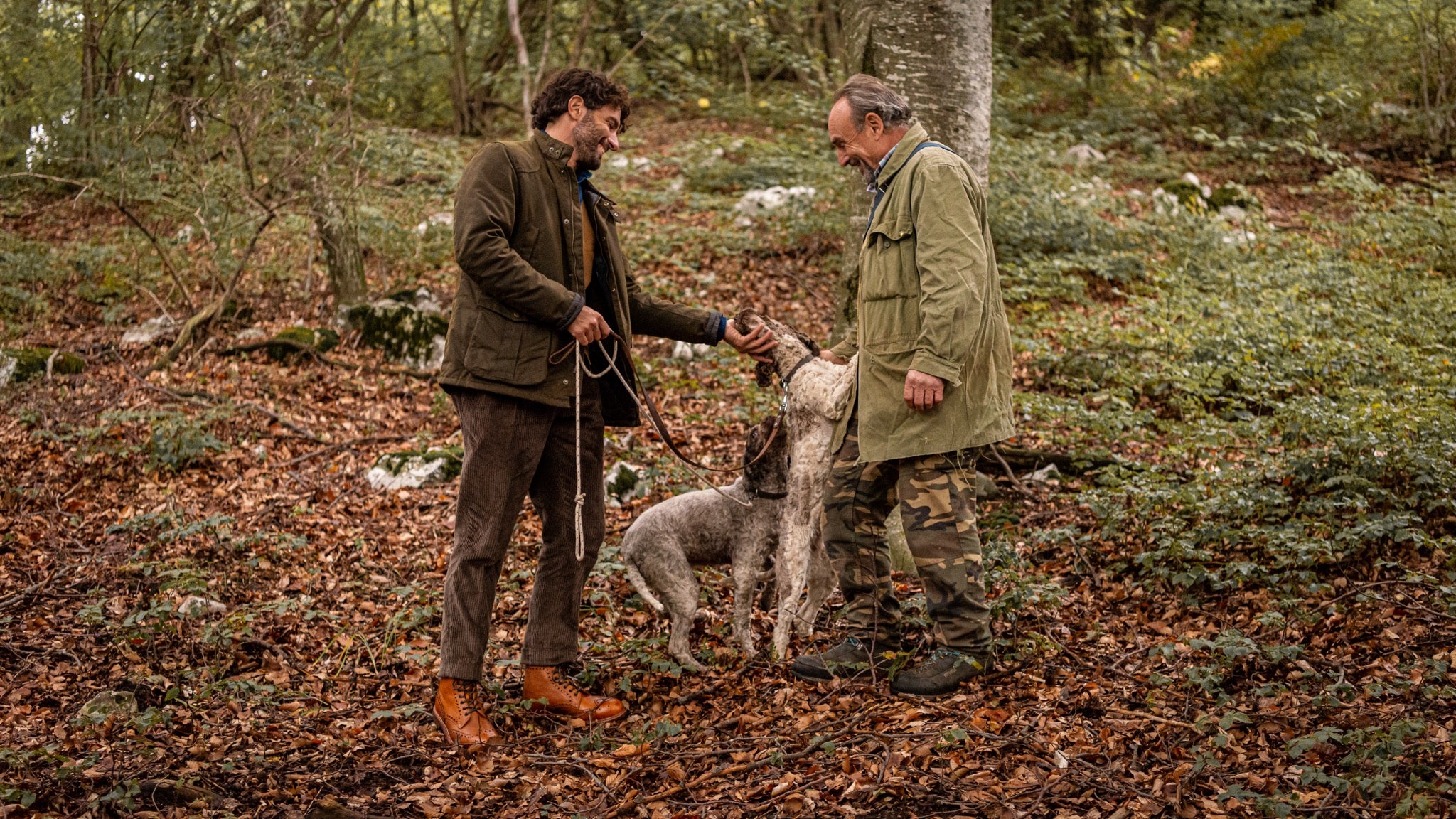
“We made sure that through video, photos, and interviews the concept of Italian craft machine really came through,” Enrico says. Ludovico Bertè, one of Velasca's first employees and the company’s creative director today, played an instrumental role in capturing images that commanded attention and aided customers through the purchase journey. By being digitally native, Velasca was able to rely on smaller budgets and market through social media, email, SEO, and Google Ads. “We really found our channel on Facebook, and then later on Instagram, because it’s picture based, it’s emotions coming through a digital channel,” says Enrico.
Velasca also elevated its marketing efforts by publishing a magazine called A Million Steps, which showcases the Italian way of life through interviews and stories on pop culture, sports, food, and more. There’s no mention of Velasca’s shoes or promotions to be found—it’s a separate editorial effort meant to accompany fans’ journey through life. Whether you’re putting a classic negroni recipe to good use or getting to know how the Mona Lisa gained popularity, when reading A Million Steps “you will feel like it’s a different entity,” Enrico says. “But Velasca and A Million Steps are different sides of the same coin.”
The journey from online to offline with retail expansion
While the direct-to-consumer model played an essential role in Velasca’s early success, the team knew there were channels they needed to explore to further scale their business. “We realized over time that we were not tapping into the full potential of the brand by being online only,” says Enrico “We started seeing a lot of people emailing us and saying, ‘I love your products, but I don’t buy shoes online. Can I stop by your office and try them on, touch the leather, see the quality, and then order online?’”
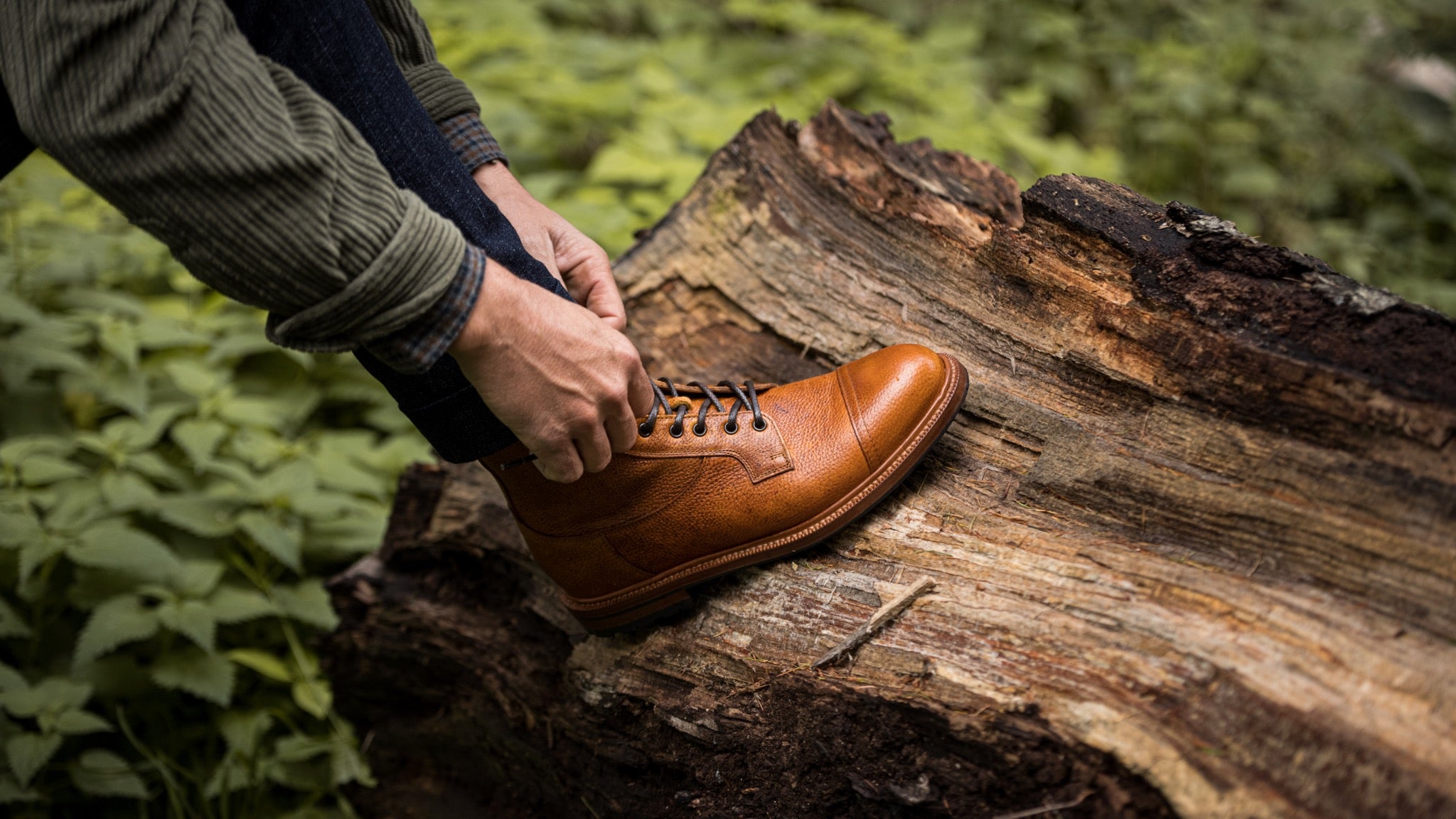
Experimentation is embedded in Velasca’s culture. So it started by hitting the streets in ape cars and setting up temporary pop-ups next to bars during aperitivo (happy hour). This on-the-ground hustle is something Enrico remembers fondly. “Six months before this, I was in a suit and a tie every day, working on Excel and PowerPoint,” he says. “Six months later, I’m showing my products with our own brand, with the name that I chose, to potential customers. It was definitely a lot of fun.”
Temporary pop-ups proved successful, and, in 2014, Velasca opened a temporary retail location. “I remember the rent for that place, for a month, was €3,500, which sounds small now, but it wasn’t at the time,” Enrico says. The team was cautious and created projections that outlined best- and worst-case financial scenarios. To their surprise, their investment in the retail storefront was made back in just two days—over opening weekend.
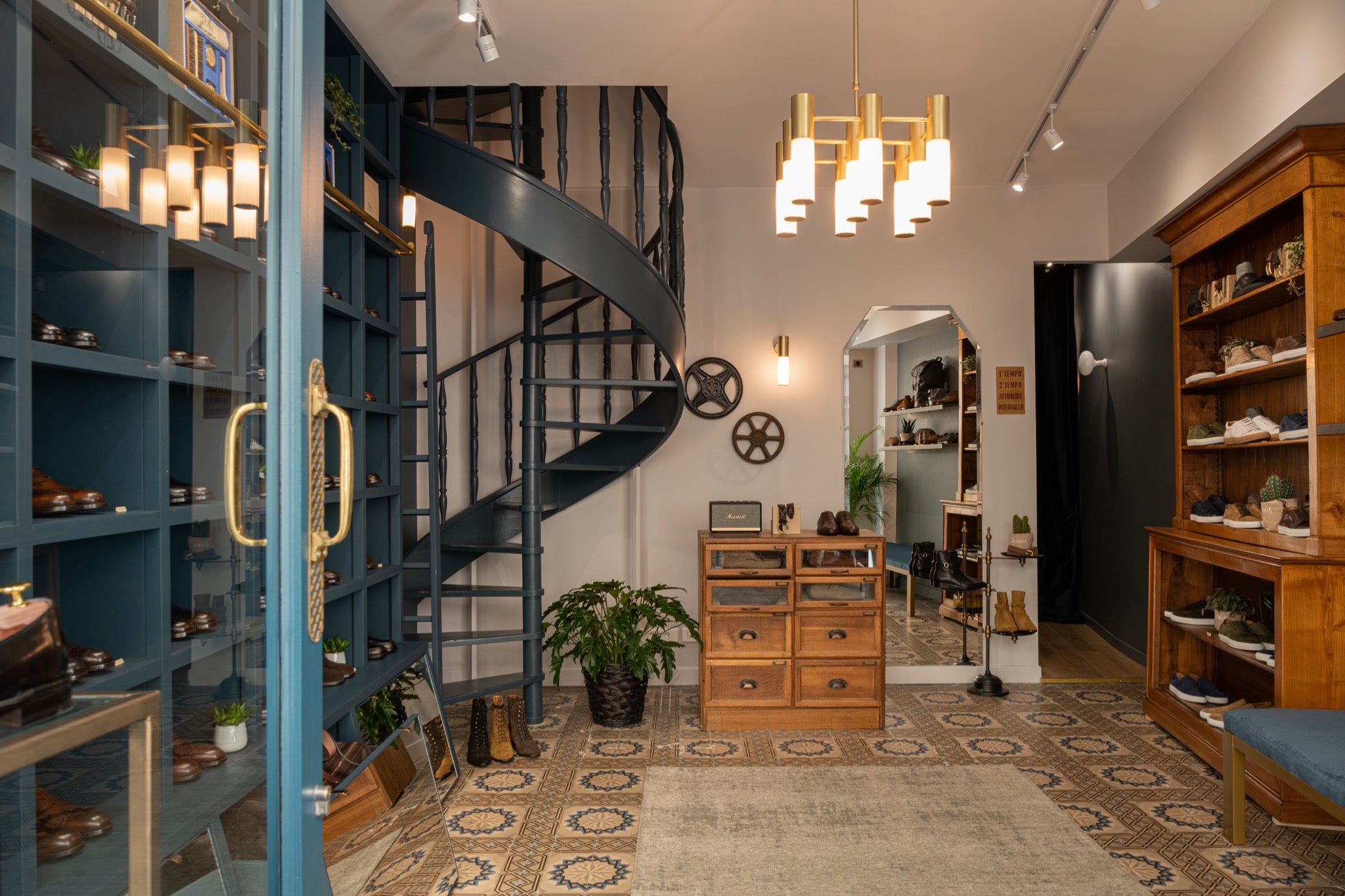
After opening its first permanent storefront in Milan in 2015, Velasca began scaling its physical presence with a new location in Rome the following year. In 2017, after 18 months of honing its retail strategy and execution, the company established seven new stores across Europe. Each expansion continues to result in significant sales growth—from London to Paris to Rome, Velasca consistently sees up to a six-fold increase in sales in respective cities whenever a new store opens.
Steps for Velasca’s future
Velasca’s team has grown, too, from just Enrico and Jacopo to over 35 people who look after the day-to-day operations. Velasca’s production supports 10 families of shoemakers in Marche, along with five people who look after shipping and fulfillment. Their success has not gone unnoticed by investors: the team raised €4.5 million in their third round of funding in late 2019, bringing their total amount raised to over €8 million.
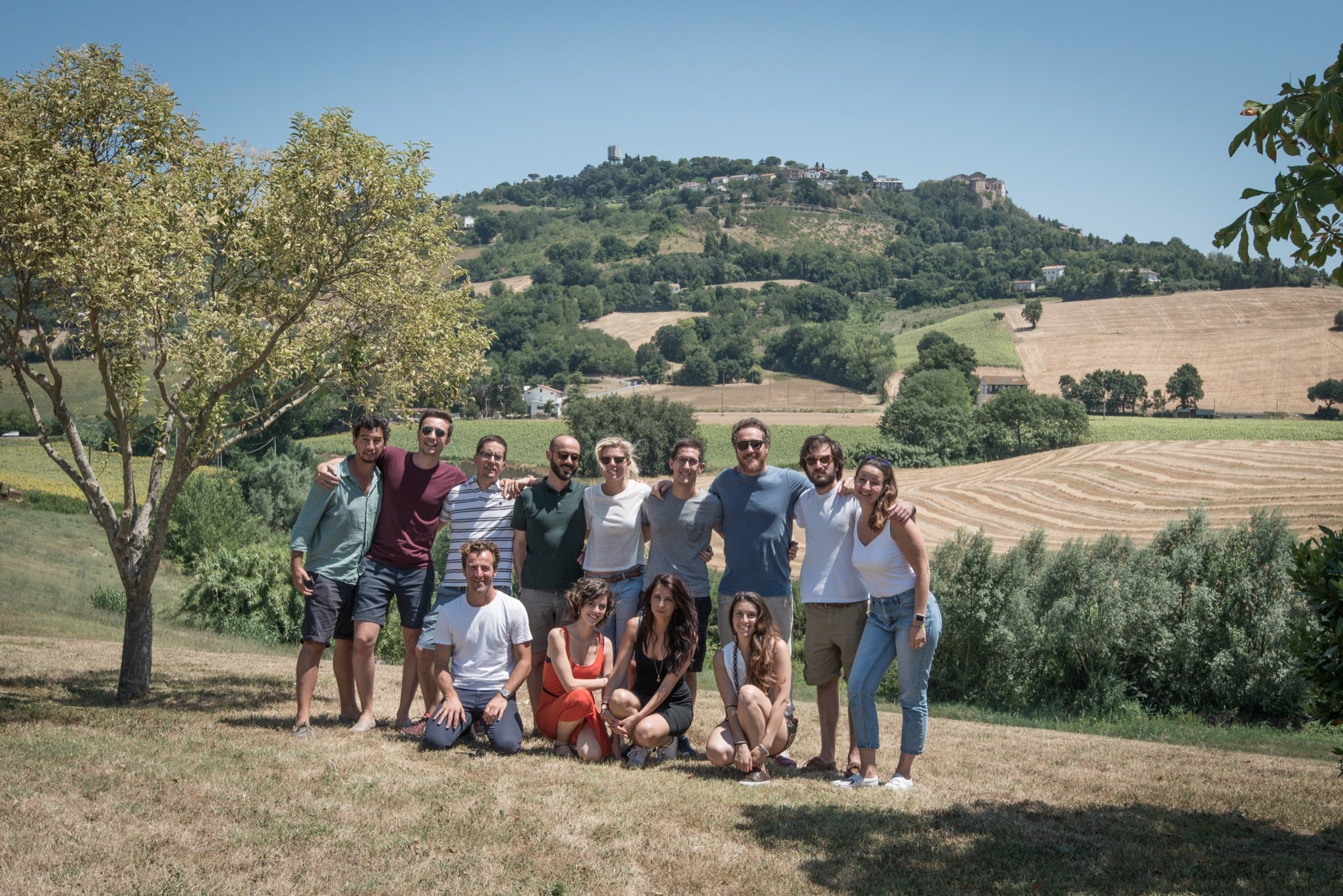
Swift year-over-year growth has brought about a whirlwind of changes for the business, but Enrico and team remain dedicated to the simple things that keep them connected to customers. “Some daily activities that I personally make time for are responding to customers’ emails, and I’ll go to the store at least once a week and spend time there,” Enrico says. This unwavering commitment to customers is Velasca’s heartbeat, and, Enrico believes, the reason for the company’s success today—and for the years to come.
It’s a time of ever-changing circumstances, when all businesses are trying to adapt, pivot, and find new ways to grow. This conversation with Velasca’s founder took place in December 2019 and, much like everything else it does, the company’s response and way of connecting to its community during this difficult time is done beautifully. You can check out some of its initiatives on its Instagram feed.
Read more
- Get Inspired- 8 Great Small Business Stories from Shopify Workroom
- How a Craving for Sriracha Sauce Led Two Entrepreneurs to Build a Business That Went Viral Overnight
- How Two Ecommerce Entrepreneurs Took a Side Business from $100k to $3M
- What Raising Kids Taught 9 Entrepreneur Dads About Work-Life Balance
- A Chocolate Maker’s Recipe for Retail Success
- Building a Multi-Million Dollar Fitness Brand Without Paid Marketing
- How This Canadian Footwear Brand Is Finding Success Focusing on Heritage and Style
- How New Ecommerce Shoe Company Greats Brand is Aiming to Become the Warby Parker of Footwear





